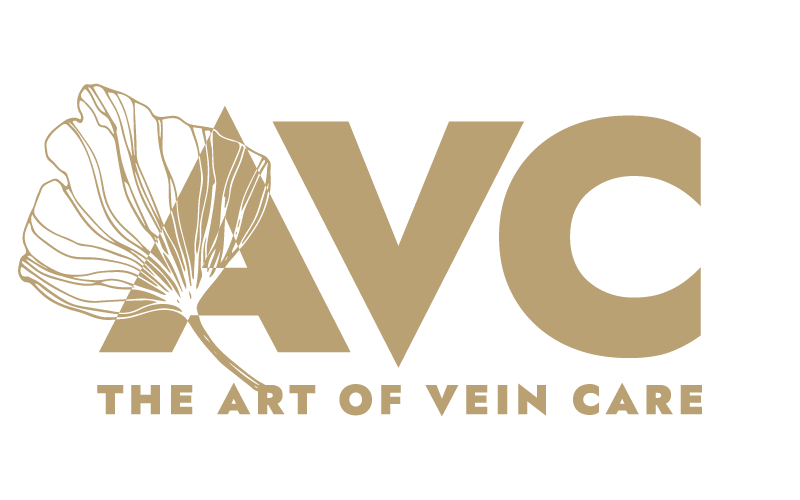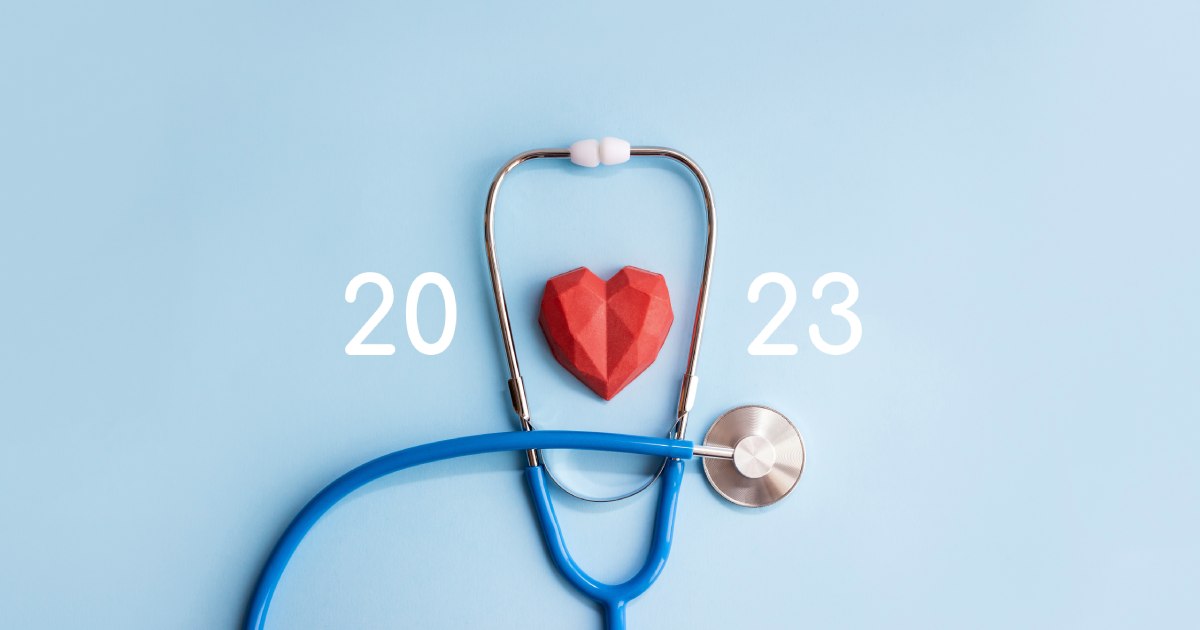Just as ladies have regular breast and Pap smears, or men have prostate checks, it’s important to get your veins checked too – especially if you notice any persistent leg pain symptoms.
Leg pain can be an underlying sign of both heart or vein disease – and here are the types of leg pain you should be mindful of.
1. Peripheral Artery Disease (PAD) leg pain
PAD or claudication often results in pain when walking on the flat, exercising or walking uphill.
It is due to lack of oxygen and causes painful cramping in one or both calf muscles, while hair loss on the legs and a cold foot to the touch are other tell-tale signs.
PAD is due to a build-up of plaque in the arteries.
2. Pooling related pain
The pooling of blood in the veins leads to increased pressure within the affected veins.
This can cause aching, throbbing or cramping sensations.
When blood pooling is very severe, it can cause chronic venous insufficiency that can cause pain which often worsens when you stand, along with dull aching pain and skin changes.
3. Circulation related pain
If varicose veins result in compromised blood flow back to the heart, this can cause poor circulation and is linked to heavy legs or restless legs and twitchy legs.
4. Venous Ulcer pain
Venous ulcers tend to start with a bit of discolouration just above the ankle (usually on the inside) and are often accompanied by itching, swelling or broken skin.
These ulcers are typically very long healing, painful and can have discharge.
Treating chronic venous insufficiency (varicose veins) and improving circulation can help with leg pain and may also improve the unsightly appearance of veins and spider veins at the same time.
5. Blood clot related leg pain
Superficial blood clot related pain or (thrombophlebitis), may make the leg feel warm, tender and painful to touch.
The main difference between superficial thrombophlebitis and Deep Vein Thrombosis (DVT), is where the blood clots occur.
With deep vein thrombosis (DVT), the clots develop in the body’s deeper vein system (those veins not visible through the skin), superficial thrombophlebitis may sometimes be able to be felt under the skin.
DVT pain can also cause the feeling of pain, cramping or soreness in the calf.
Untreated, a DVT can progress to a pulmonary embolism which can be life threatening.
*All procedures have risks, all results are individual, speak to your doctor about your vein concerns.

